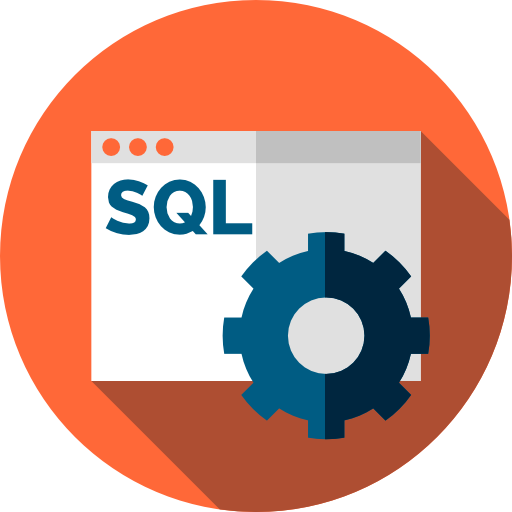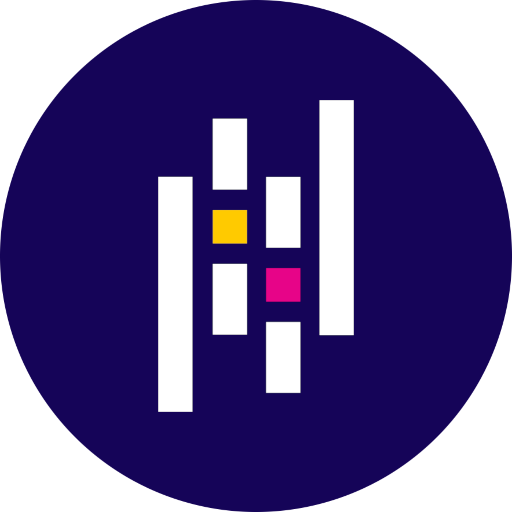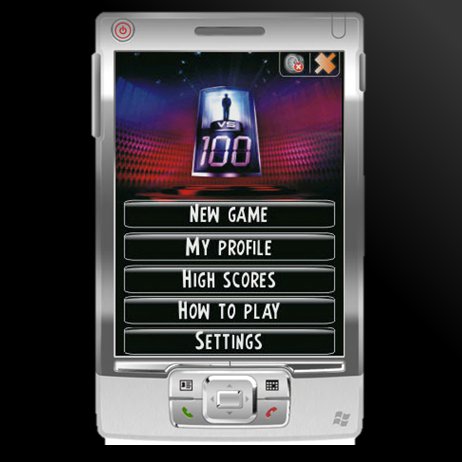About me


As a seasoned Machine Learning Engineer and Software Development Leader with over a decade of expertise, I specialize in Recommendation and Classification Systems. I pioneered the development of advanced AI tools, including a recommender system that streamlines candidate vetting and a ranking system that enhances job search relevance on a leading HR platform. I also led the design and implementation of a POS software system extensively deployed across thousands of retail outlets in the US and Canada. My focus remains on developing recommendation and online classification systems, with an emphasis on explainability, interpretability, and bias mitigation. My robust educational background in machine learning and software engineering supports my commitment to innovative and ethical technology solutions.
Skills
The most complicated one is to be simple.Dejan Stojanović
As a seasoned tech professional, I possess a robust skill set spanning Artificial Intelligence, Machine Learning, Deep Learning, and Data Science, with four years of experience in each domain. I'm proficient in Python, TensorFlow, Pytorch, and Pandas, alongside expertise in AWS for cloud-based solutions and Apache Kafka for real-time data streams. Additionally, I have practical knowledge in Natural Language Processing, Computer Vision, and developing chatbots. My technical prowess is complemented by strong capabilities in managing large datasets, designing data pipelines, and data warehousing.
 Machine Learning
Machine Learning Natural Language Processing (NLP)
Natural Language Processing (NLP) Artificial Intelligence (AI)
Artificial Intelligence (AI) Deep Learning
Deep Learning Python
Python Computer Vision
Computer Vision Large Language Models (LLM)
Large Language Models (LLM) Chatbots
Chatbots Data Science
Data Science Data Warehousing
Data Warehousing Data Pipelines
Data Pipelines Tensorflow
Tensorflow Pytorch
PytorchAWS
 SQL
SQLApache Kafka
 Pandas
Pandas Scikit learn
Scikit learn
Projects
Sometimes it is the people no one imagines anything of who do the things that no-one can imagine.Alan Turing

Flappy Bird
Flappy Bird is an OpenGL game made as assignment for a Computer Graphics course in the University. The game is a clone of the popular mobile game Flappy Bird where the player must tap the screen to make the bird fly and avoid the green tubes. The game was made in C++ using the OpenGL library and the SDL library for the window creation and input handling. The game features a main menu, a game over screen, and a score system. We won the first place in the course competition with this game.

One vs One Hundred
1 vs 100 for Windows Mobile was a project which began as an assigment of an University course in association with Microsoft Uruguay. The objective was to design a game based in the american TV show of the same name. The game must allow multiple players to join a game and compete against themselves requiring only an internet connection in their phones. We also required to make an Administration site to manage the content available within the game. The result was impressive as we proved that is possible to make a quality game in the Windows Mobile platform. The project was completed in 14 weeks.

RPSolver
RPSolver is a tool that was released as part of my publication for using Photon Mapping for solving architecture problems. The tools allows the user to upload an scene and the tool will generate a photon map rendering for it. This tool was developed in C++ using the OptiX library for ray tracing and CUDA for the parallel processing.

SCIS
SuiteCommerce InStore is a point of sales application that leverage Netsuite ERP capabilities with web technologies. It is developed mainly in Javascript and Swift. It provides retailers with a solution that unifies the physical and digital shopping experiences within a single, cloud-based commerce platform. Using a mobile device, your sales associates can access inventory and customer information to engage customers effectively, drive more sales, and provide a satisfying shopping experience.

Say Cheese
This project was the main result of an University course I participed in with 3 patners. The aim of the course was the construction of a Web Application for both events (like parties, weddings, etc.) hosts and guests to share different resources like photos and videos. The hosts organize events on the site and the event guests upload content from different places like Youtube, Vimeo or their computers. In a nutshell the application is a suite that allows to manage events and it behaves like a social network in the way that allows users to interact between them by sending messages, or things like being tagged in photos. Say Cheese also integrates with Facebook, Twitter, Google Maps and allows users to safely login using their Facebook account.

Pasteboard
Pasteboard is a link sharing app oriented to share links among coworkers, or people that work in the same project. It aims to replace wikis and make sharing and maintaining information about projects more easily.

Scraping Development Framework
SDF is a Python framework that allows to easy scrape a site. It enables to make XPath and CSS queries to quickly parse a website. The focus of the framework is to make the job of making a scraper easier, allow to parse sites with millions of items, and be able to export the items in several formats ranging from CSVs to MySQL database dump. SDF uses browsers (as in a Web Browser) to do the job. Browsers come in two flavors: the WebKitBrowser, a standard browser (similar to Safari or Chrome) that can be controlled through python code. WebkitBrowser manages javascript, flash and other types of content. The other type of browser is the BasicBrowser, a minimalistic and faster version of WebKitBrowser that doesn't handle javascript directly. SDF features recovery and parallel processing, so multiple browsers can be used concurrently to scrape a large site in hours.

Notranzo site
The purpose of this project was to build an application to support an computing saling store. The system must feature a control panel for the employees in differents branches to manage the products, the stock available for each one, make movements between branches, and make sales of them. Also a website must be build to implement a virtual online branch that offers its products in the internet. This project was made as an assigment of an University course. The purpose of this project was to build an application to support an computing saling store. The system must feature a control panel for the employees in differents branches to manage the products, the stock available for each one, make movements between branches, and make sales of them. Also a website must be build to implement a virtual online branch that offers its products in the internet. This project was made as an assigment of an University course.

Your Project?
Feel free to contact me if you want to collaborate on a project or if you have any questions. I'm always open to new ideas and opportunities. Let's create something amazing together!
Experiences
Design and programming are human activities; forget that and all is lostBjarne Stroustrup

Hired
Machine Learning Engineer
2021 - Present
- I developed ranking systems using XGBoost and Python, enhancing the relevance of jobseekers in online searches with a 10% increase in NDCG. I engineered vector embeddings from resumes using Sentence BERT and RoBERTa, creating a recommendation system that showcases similar candidates. I co-authored a paper presented at the SMC 2023 conference and designed an automatic resume classification system that significantly improved accuracy and recall using TensorFlow. I managed ML Ops for deploying machine learning services, incorporating CI/CD practices for security and currency. I implemented fairness strategies in our algorithms to ensure bias prevention across different racial groups and genders. Additionally, I maintained a dynamic GPT integrated with Hired.com, providing profile suggestions and handling over 200 real-time conversations.

Tophatter
Software Engineer & Machine Learning Engineer
2020 - 2021
- As a Software Engineer at Tophatter, I led several key projects to enhance the platform's functionality and user experience. I utilized technologies such as React, TypeScript, Ruby on Rails, and AWS. My leadership helped streamline operations and improve the user interface.
- Transitioning to a role as a Machine Learning Engineer, I developed a recommender system to increase user engagement by suggesting relevant items, becoming the primary navigation method on the platform. I employed a shallow Neural Network, which outperformed the older rule-based system, particularly in attracting and retaining new users. For this, I used technologies like Python, Scikit-learn, Pandas, and XGBoost. This initiative, driven by the CEO, was successfully integrated into the website through A/B testing, enhancing user interaction and boosting engagement.

Hired
Full Stack Sofrware Engineer
2018 - 2020
- As a full-stack software engineer on the Candidate team, I focused on enhancing our platform's efficiency and user engagement. I decreased onboarding flow attrition by 10% by migrating part of the flow from HAML to React and Redux, significantly streamlining the user experience. Additionally, I improved our CI/CD build performance by 100%, optimizing our deployment processes.
- I was also involved in integrating an external assessments system, which significantly increased candidate engagement on our platform. This new feature was used by 25% of the candidates, demonstrating its effectiveness and relevance. I worked with technologies including React, Redux, Ruby on Rails, PostgreSQL, Apache Kafka, AWS, and Heroku throughout these projects.

Netsuite (acquired by Oracle)
Team Lead, Software Engineering
2013 - 2017
- In my period in Netsuite I contributed to the development of SuiteCommerce In Store, a Point of Sale software leveraging the Netsuite platform, Backbone, Sass, and mobile first development. Also taking priority of making quality and robust software, and having a clean code base. Using SCRUM for following an agile development cycle.

Freelancing
Ruby Developer
2012 - 2013
- I spent a one year spell freelancing, where I mainly coded in Ruby and other technologies including Sinatra, Node.js, and CoffeeScript in 1 to 3 month projects.

Arkano
.NET Developer
2011 - 2012
- In this period, I participated in the development of several short projects using technologies including SharePoint, BizTalk, SQL Server, and other Microsoft based products.
Publications
Somewhere, something incredible is waiting to be known.Carl Sagan
I have created models and methods to improve recommendation systems and solve lighting problems in design. My work on Align MacridVAE combines visual and text data to make recommendations more accurate and easier to understand. I also used search data and transformers to learn how items are similar, and developed a photon tracing method to make lighting design in architecture more efficient.
Align MacridVAE: Multimodal Alignment for Disentangled Recommendations
ECIR 2024: Advances in Information Retrieval
 Item alignment generated by the recommendation algorithm
Item alignment generated by the recommendation algorithm
In this paper, we introduce a new recommendation model that combines text and image data to suggest items to users. By aligning the visual and textual descriptions in a shared space, our model better understands item features, improving recommendation accuracy and helping us visualize user preferences based on different item aspects. This paper was based on my master thesis at KU Leuven.

Learning Résumé Embeddings with Search Data and Transformers
2023 IEEE International Conference on Systems, Man, and Cybernetics (SMC)
 Model architecture for learning résumé embeddings
Model architecture for learning résumé embeddings
In this paper, we explore how users' clicks and interactions with search results can teach us about the hidden connections between different search results. By analyzing these interactions, we can build a model that identifies which search results are similar in a way that isn't obvious at first. We use advanced techniques like contrastive learning with BERT models to train this similarity model, which helps us make better recommendations based on what users are actually interested in. This work was based on research made while I was working at Hired.

A Photon Tracing Approach to Solve Inverse Rendering Problems
Conference On Graphics, Patterns And Images (SIBGRAPI), 2018
 Conference solution generated by the optimization algorithm
Conference solution generated by the optimization algorithm
In this paper, we introduce a new method to help designers achieve their lighting goals more efficiently. By combining photon tracing with an optimization technique, our approach handles various lighting needs without requiring lots of computing power, and it works well even when the space's shape is part of the design. This paper was based on my Computer Engineering thesis at UdelaR.
Contact
Hiring people to write code to sell is not the same as hiring people to design and build durable, usable, dependable software.Larry Constantine


